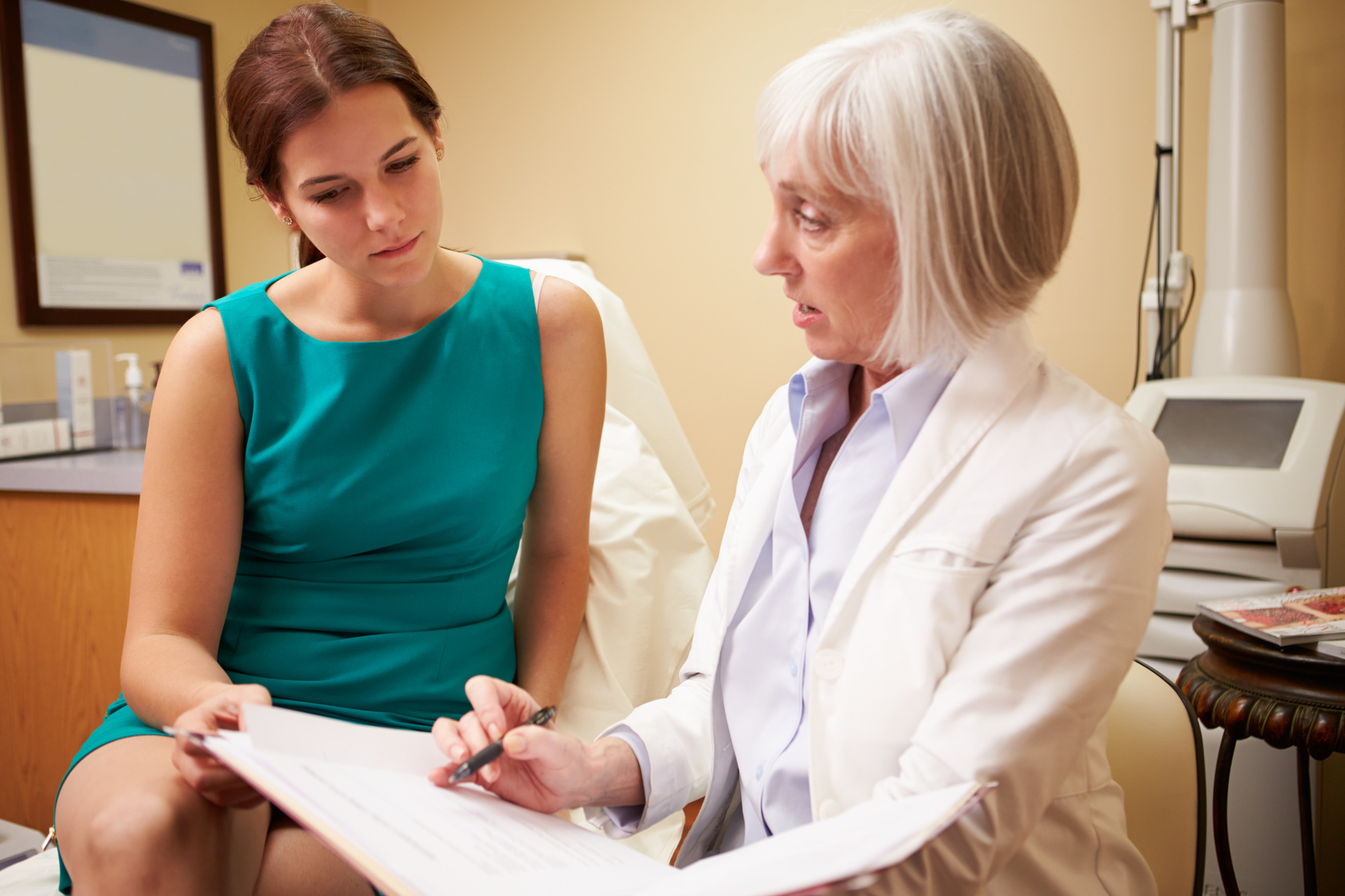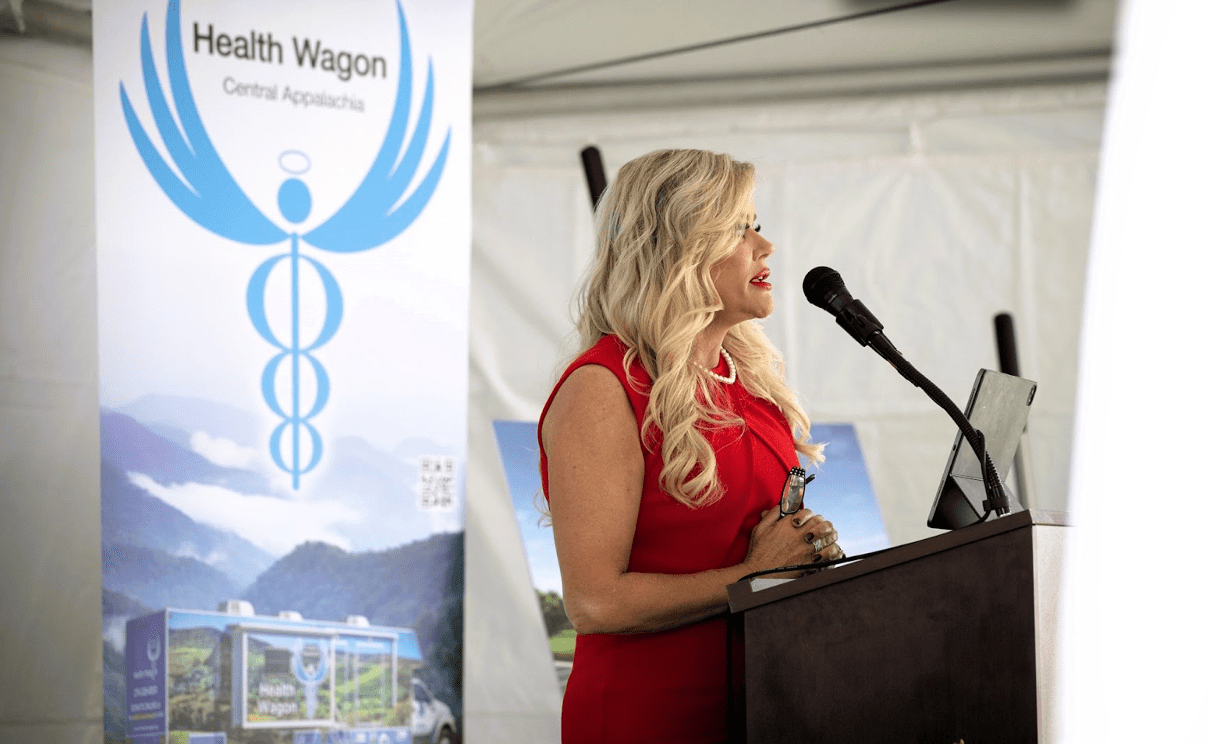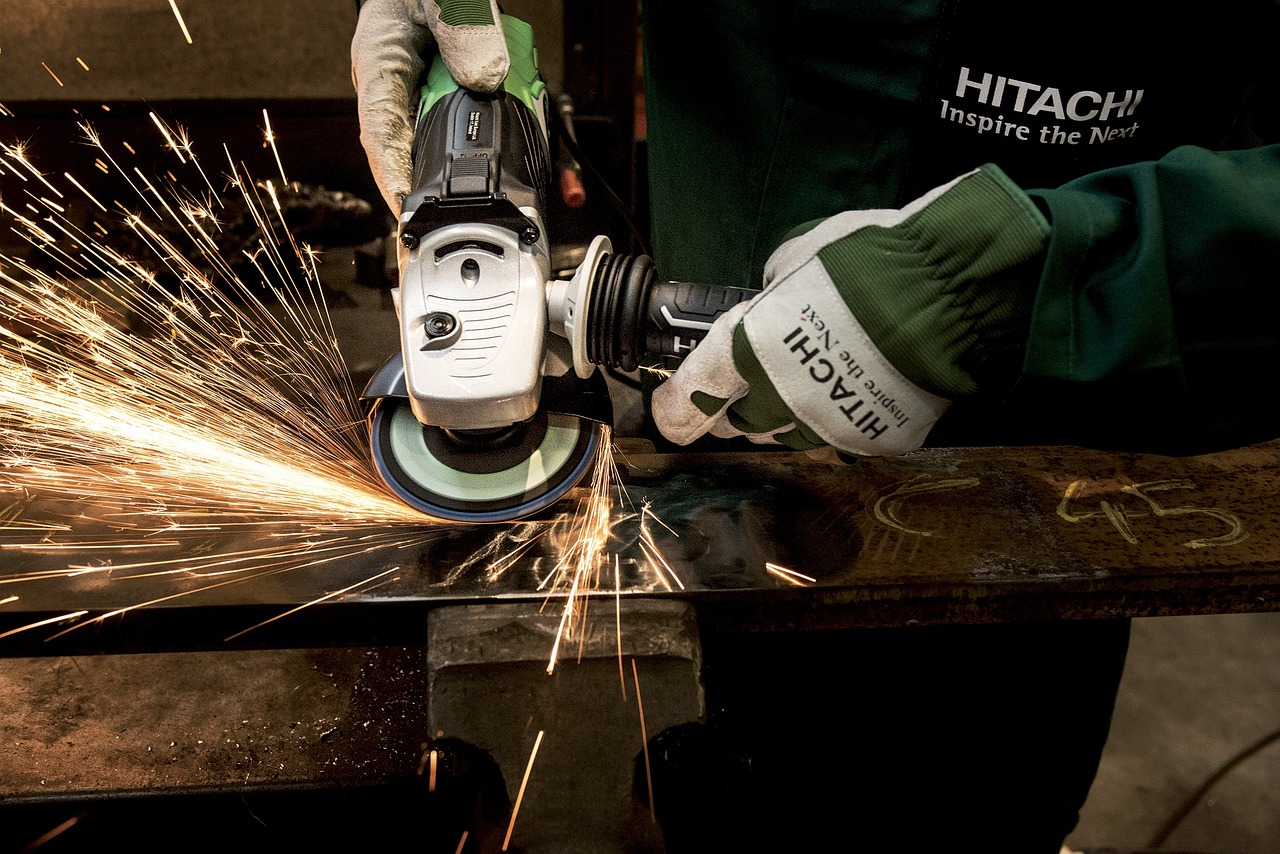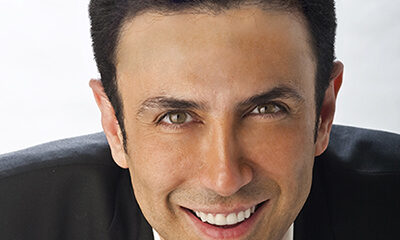Health
Dr. Leedy; Your reliable Plastic Surgery Consultant

Before anyone leaves their room or home, the number one thing to confirm is to see that they are spick and span. However, you might take a shower, do all your makeup, but still be unsatisfied when you look in the mirror. Dr. Jason Leedy is a qualified plastic surgeon at Cleveland Plastic Surgery Institute, offering a variety of plastic surgery, cosmetic and reconstructive procedures to assist every individual with gaining enhanced confidence and appreciate the way they look. Dr. Jason implores the use of a non-surgical approach to rejuvenating the body, breast, and face. He provides these unique services to serve the people in Mayfield Heights in Ohio, the entirety of Akron, and the surrounding areas.
Call Dr. Leedy or plan an appointment via the online tool today to get these exclusive refreshing services.
About Dr. Leedy
Dr. Leedy has essential designative positions such as membership with the American Society of Plastic Surgeons and has a board certification of the American Board of Plastic Surgeons. When selecting your physician, ensure to consider the mentioned positions of plastic surgery.
Dr. Leedy’s Education Background
Dr. Leedy has his roots in Northeast Ohio where he got his undergraduate degree as a valedictorian from the high school of Walsh Jesuit. He later went to the University of Cornell, an Ivy League Institution, where he achieved a significant double distinction in chemistry and economics. After that, he got an enrollment in Case Western Reserve School of Medicine, thus merited to get an induction in Alpha Omega Alpha, a prestigious honor society with a distinction set apart for the top of the graduating class of the medical department.
Dr. Leedy was one of three out of a total of two-hundred and fifty highly qualified plastic surgery residency acceptors into the University Of Texas Southwestern Medical Center in the Integrated Plastic Surgery; it’s considered the most prestigious plastic surgery training program countrywide. As a native of Ohio, after finishing his studies in 2005, Dr. Leedy went back to serve his people in a higher capacity as the highly qualified plastic surgeon in his region.
Publications
Dr. Leedy has published articles in the journal Plastic and Reconstructive Surgery. He has also had the honor of presenting his research at plastic surgery meetings at the national level.
Innovations
Dr. Leedy has highly impacted the world of plastic surgery’s evolution. He designed a breast implant sizing device, which, before patients go for argumentation, determines the patients’ decision by going for a “test-drive.”
Rank
At Cleveland Clinic Hospital, Marymount Hospital, Dr. Leedy is the chief of plastic surgery with the many surrounding area hospitals’ upper hand.
Services Available
Some of the treatment services Dr. Leedy provides include:
- Liposuction
In liposuction, Dr. Leedy reduces some of your fat-dominated areas and enhances your body contour.
- Facelift
Facelift or rhytidectomy, Dr. Leedy aims at addressing the issues of aging and wrinkles.
- Botox and fillers
Botox is a cosmetic injectable for addressing the wrinkles and fine lines on your forehead, around your eyes, and brows.
Other services include; breast augmentation, tummy tuck, rhinoplasty, men breast reduction, Brazilian butt lift, blepharoplasty, cool sculpting, mommy makeover, and smart lipo.
To get any of these rejuvenating services, call Dr. Leedy or book an appointment today via the online tool for the best procedure that suits your needs.
Health
Dr. Teresa Tyson, DNP, Discusses The Hidden Healthcare Crisis in Remote Regions

Image source: Dr. Teresa Tyson, DNP, and Health Wagon
Access to healthcare remains a challenge for many individuals living in rural and remote areas, where medical facilities are scarce or difficult to reach. Many residents endure long travel times for even basic medical services, leading to delayed diagnoses and worsening health conditions. The lack of healthcare professionals further compounds the issue, leaving communities with inconsistent or inadequate care.
While technology and government initiatives have made strides in addressing these disparities, Dr. Teresa Tyson, DNP, notes how there are many obstacles still hindering widespread improvement. Bridging the healthcare gap requires a combination of innovative solutions, infrastructure development, and policy changes to ensure that medical services reach those who need them most.
Limited Access to Medical Care
Many remote regions struggle with a severe lack of healthcare facilities, leaving residents with minimal options for medical treatment. Hospitals and clinics are often located hours away, making even routine checkups a logistical challenge.
A shortage of medical professionals further worsens the situation, as many doctors and nurses prefer to work in urban areas with better resources and career opportunities. As a result, rural communities often rely on understaffed clinics or visiting healthcare workers who may not be available consistently. This leads to delayed diagnoses and inadequate treatment for chronic conditions. Many rural clinics operate with limited medical supplies, making it difficult to provide comprehensive care even when healthcare professionals are available.
In some cases, patients must travel long distances just to receive basic care, often at great personal and financial costs. The burden of transportation, time off work, and the uncertainty of available treatment discourage many from seeking medical attention until their conditions become severe.
Health Risks and Consequences
Delays in medical care often mean that conditions that could have been treated early turn into serious health complications. Many individuals in remote areas develop chronic illnesses that go undiagnosed for years simply because healthcare services are too far away or difficult to access. Diseases that are manageable with regular monitoring, such as diabetes or hypertension, frequently spiral out of control due to the lack of consistent medical supervision.
Beyond physical health, the absence of adequate healthcare also takes a toll on mental well-being. Isolation and limited access to mental health professionals leave many struggling with anxiety, depression, and other psychological conditions without proper support. In small, tight-knit communities, stigma around mental health can make it even harder for individuals to seek help, further exacerbating the crisis.
Preventable diseases continue to spread in these areas due to the lack of vaccinations, screenings, and early interventions. Without proper healthcare infrastructure, outbreaks of common illnesses can have devastating effects, particularly on children and the elderly. The combination of poor access, financial barriers, and limited awareness creates a cycle where minor health concerns escalate into life-threatening conditions.
Challenges in Expanding Healthcare Services
Building and maintaining healthcare infrastructure in remote regions comes with considerable hurdles. Poor road conditions and unreliable transportation make it difficult for medical professionals to reach patients, and in some cases, ambulances are unavailable, forcing residents to rely on personal vehicles or community efforts to transport those in need. In areas with extreme weather conditions, seasonal challenges further complicate healthcare delivery, cutting off entire communities during certain times of the year. These conditions make it nearly impossible for emergency medical teams to provide timely assistance in critical situations.
Funding remains a major obstacle, as rural healthcare facilities often struggle with limited financial resources. Many small clinics operate on tight budgets, lacking essential medical equipment and supplies. Without sufficient investments, these facilities cannot expand their services, making it harder to attract and retain qualified healthcare workers. As a result, many professionals opt to work in urban settings where they have access to better salaries, career advancement, and modern medical technology.
Role of Technology in Bridging the Gap
Advancements in technology are offering new ways to connect patients in remote areas with medical professionals. Telemedicine has made it possible for individuals to consult doctors without having to travel long distances, reducing delays in diagnoses and treatment. Virtual consultations, remote monitoring, and mobile health apps allow patients to receive medical advice without needing to visit overcrowded or distant healthcare facilities. In addition to telemedicine, artificial intelligence is being used to assist in diagnosing conditions remotely, helping bridge the gap in specialist care.
Despite its potential, implementing technology-driven healthcare solutions in rural regions is not without obstacles. Many areas lack reliable internet access or the necessary digital literacy to make full use of telehealth services. Even when technology is available, the cost of devices and connectivity can create another barrier, preventing low-income households from benefiting fully. Addressing these issues requires a combination of infrastructure development, education, and financial support to ensure that technology can be effectively integrated into rural healthcare systems.
Efforts to Improve Rural Healthcare
Governments and nonprofit organizations are actively working to address the healthcare challenges faced by remote communities. Investment in medical outreach programs, mobile clinics, and training initiatives for local healthcare workers has helped bring essential services to those who need them most. Some regions have introduced incentive programs to encourage doctors and nurses to work in underserved areas, offering student loan forgiveness, housing assistance, or higher salaries.
Community-led initiatives also play a crucial role in improving healthcare access. Local volunteers and advocacy groups often step in to provide educational workshops, vaccination drives, and wellness programs tailored to the specific needs of their communities. These grassroots efforts help bridge gaps where formal healthcare systems fall short, ensuring that residents receive at least some level of medical support.
Future Prospects for Remote Healthcare
Innovations in medical technology, policy changes, and raising awareness are shaping the future of rural healthcare. The expansion of telehealth services, combined with improved infrastructure, has the potential to make healthcare more accessible and efficient. Continued investment in mobile medical units and community-based programs could ensure that even the most isolated areas receive the care they need. Research into low-cost, portable medical devices is also opening new doors for remote diagnostics and treatment.
Sustained progress will depend on collaboration between governments, healthcare providers, and local communities. Long-term solutions require more than temporary programs; they demand systemic changes that prioritize equitable medical access. If these efforts continue to grow, rural healthcare systems may finally move toward lasting improvements that benefit future generations.
-

 Tech4 years ago
Tech4 years agoEffuel Reviews (2021) – Effuel ECO OBD2 Saves Fuel, and Reduce Gas Cost? Effuel Customer Reviews
-

 Tech6 years ago
Tech6 years agoBosch Power Tools India Launches ‘Cordless Matlab Bosch’ Campaign to Demonstrate the Power of Cordless
-

 Lifestyle6 years ago
Lifestyle6 years agoCatholic Cases App brings Church’s Moral Teachings to Androids and iPhones
-

 Lifestyle4 years ago
Lifestyle4 years agoEast Side Hype x Billionaire Boys Club. Hottest New Streetwear Releases in Utah.
-

 Tech6 years ago
Tech6 years agoCloud Buyers & Investors to Profit in the Future
-

 Lifestyle5 years ago
Lifestyle5 years agoThe Midas of Cosmetic Dermatology: Dr. Simon Ourian
-

 Health6 years ago
Health6 years agoCBDistillery Review: Is it a scam?
-

 Entertainment6 years ago
Entertainment6 years agoAvengers Endgame now Available on 123Movies for Download & Streaming for Free
